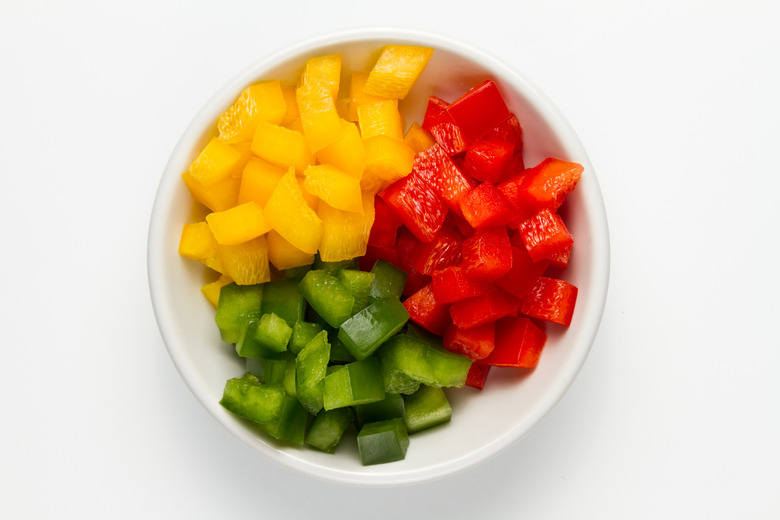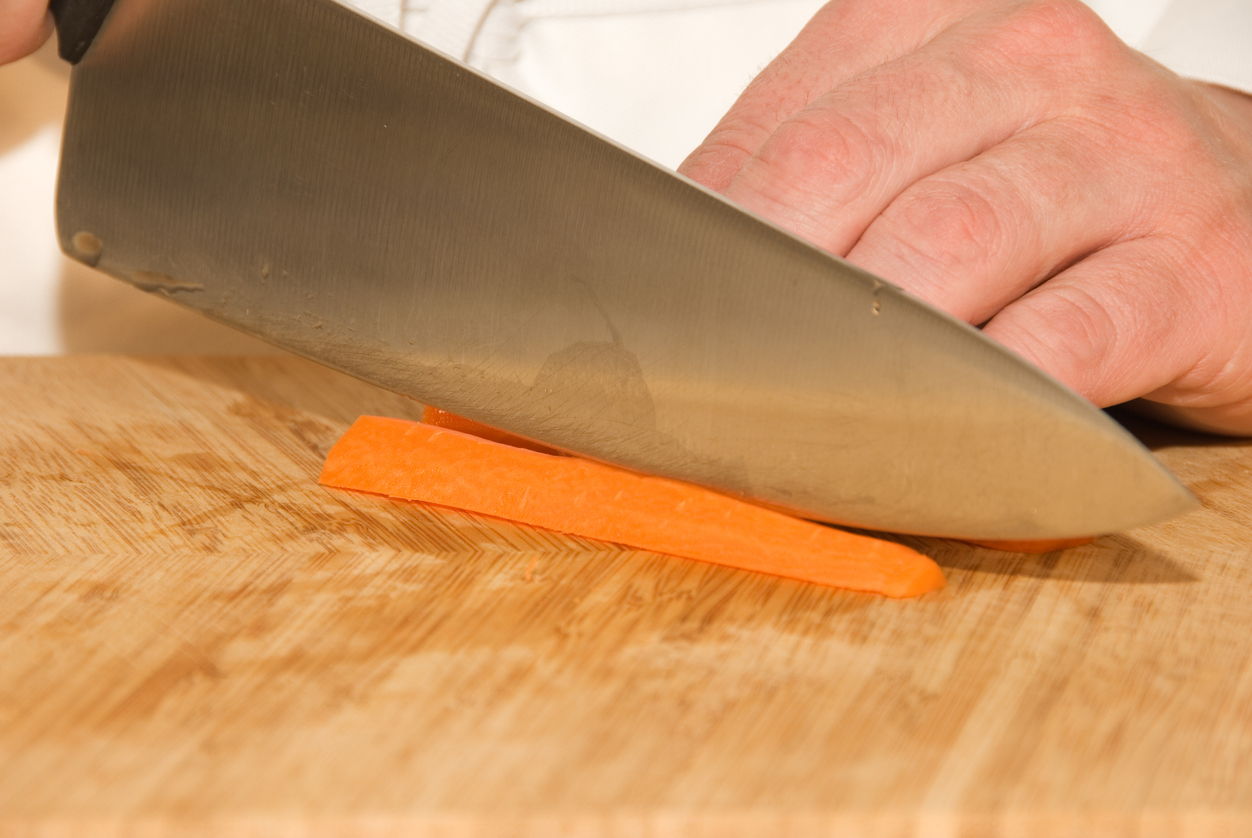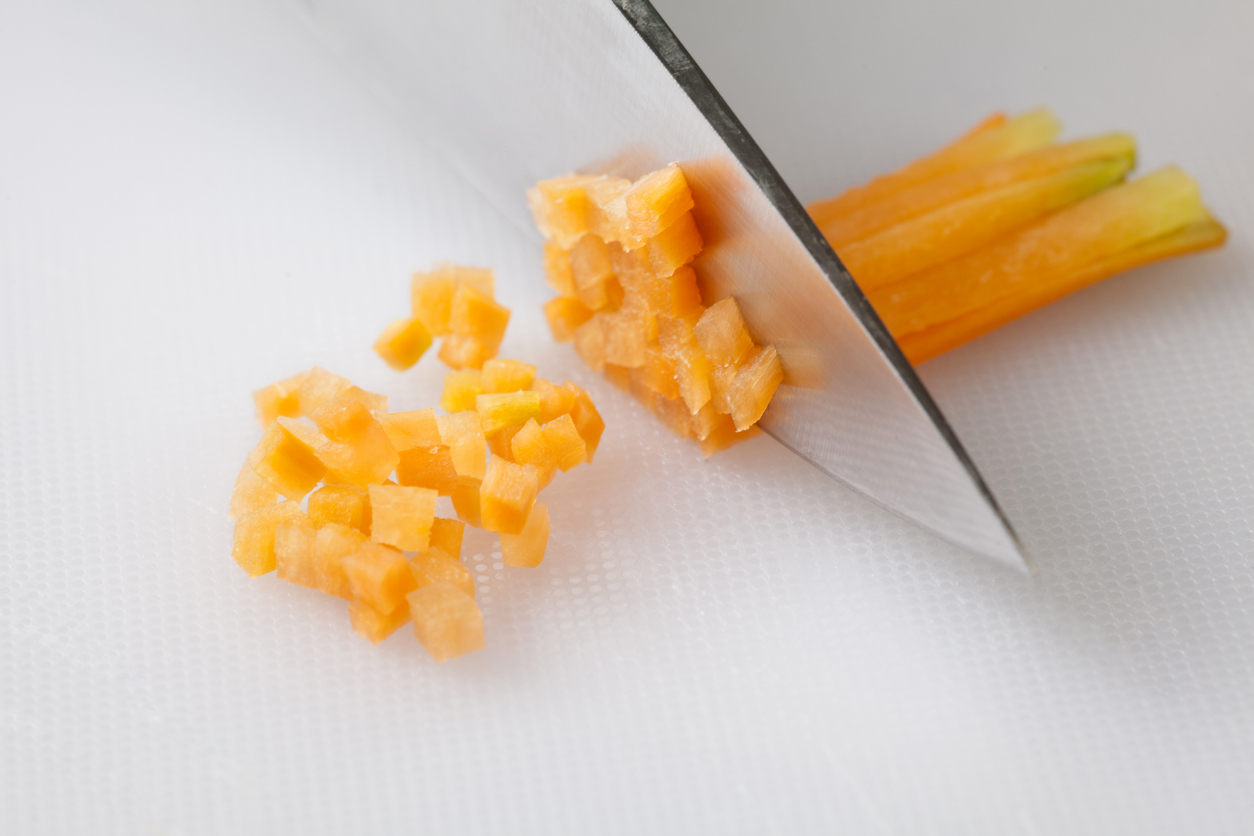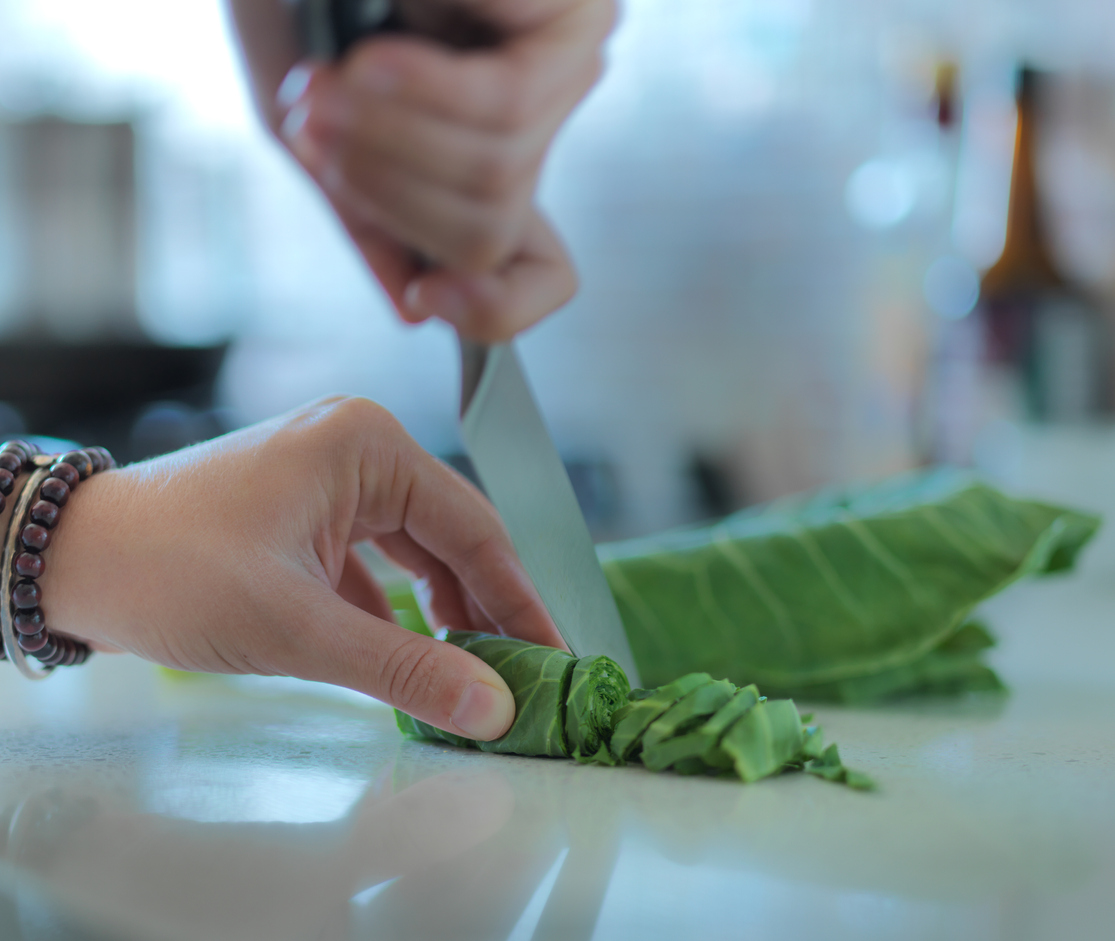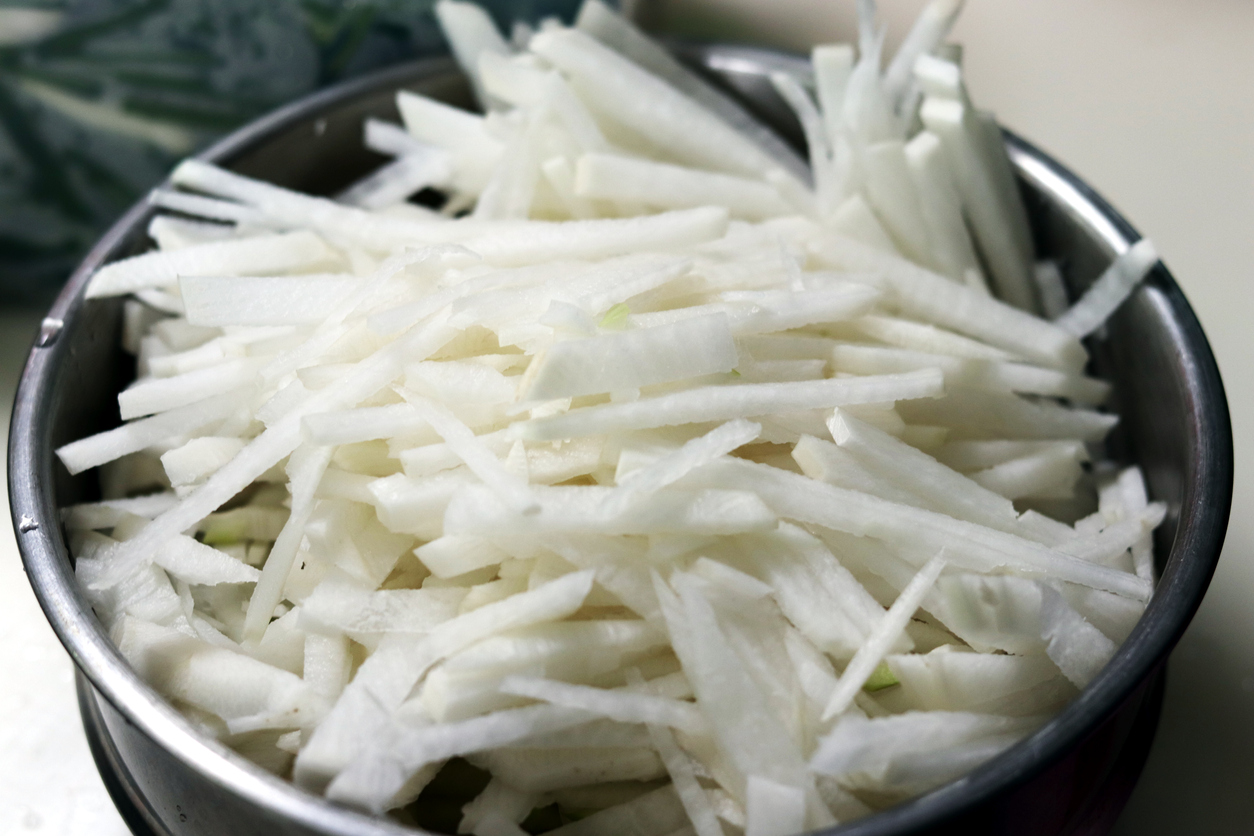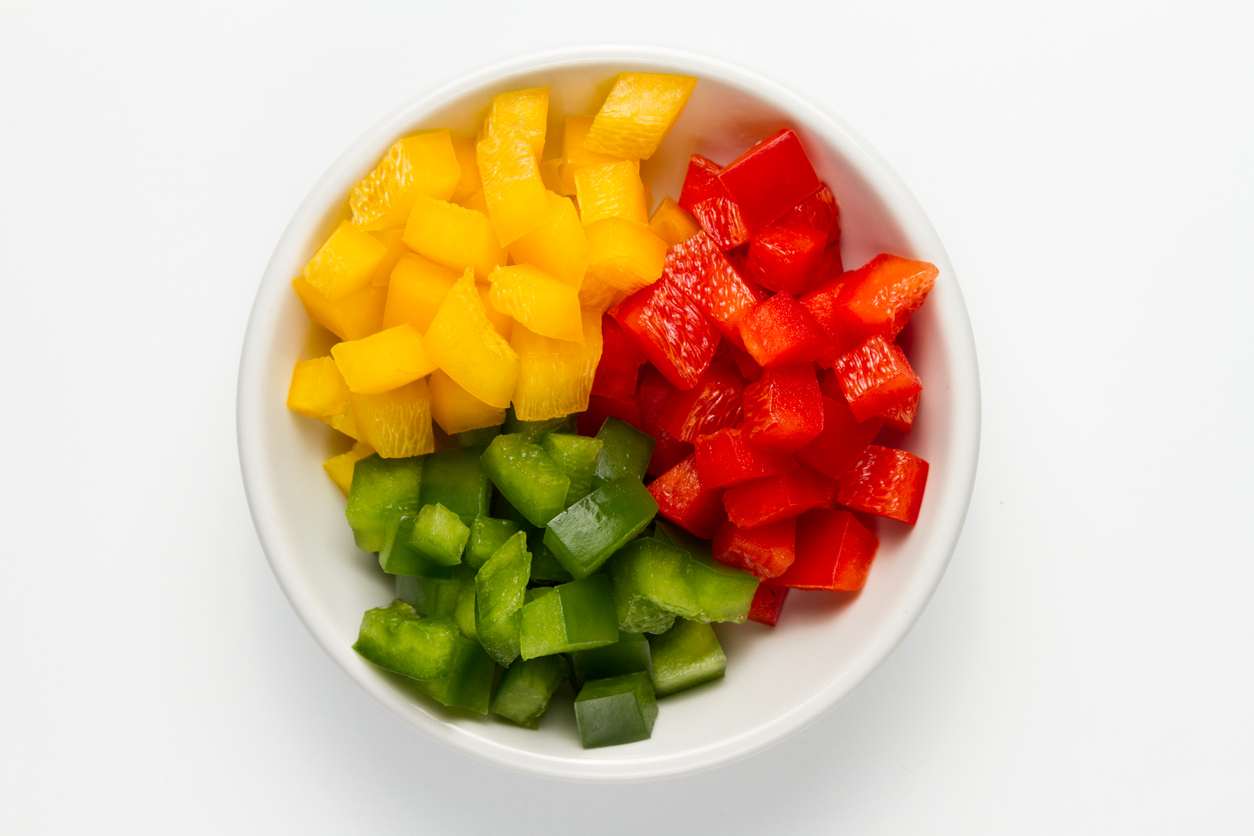5 Basic Knife Cuts That Will Make You Look Like A Master Chef
The art of taillage, or basic vegetable cuts, is one of the first skills an aspiring chef must master at culinary school. Beyond making a dish beautiful, classic knife cuts are a practical way to ensure each vegetable is cooked evenly.
To practice, start with a whole vegetable, like a carrot, potato, or turnip, in front of you. Trim and square off the rounded edges. Portion the vegetable into roughly 2-inch-long sections. Next, decide the cut you want to make. Then, slice your vegetable into even planks (1/8 inch thick for a julienne, 1/4 inch for macédoine). Then, slice your plank into even batons. From there you can dice into even cubes.
Knife cuts can leave you with lots of vegetable waste, since it requires lots of trimming to make your organically shaped carrot, parsnip or potato into perfectly squared-off, even shapes. However, you can save the scraps for making stock, purées and sauces where perfect knife cuts are less important.
Batonnet
Batonnet or baton is a matchstick knife cut. The precise dimensions are a 1/4 inch by 1/4 inch and then roughly to 2 to 2 1/2 inches long.
Brunoise
A brunoise references a 1/8-inch-square dice that is exactly half the size of the larger macédoine dice. This dice is achieved by first cutting your firm vegetable into a julienne and then dicing into cubes.
Chiffonade
Chiffonade, which means "little ribbons" in French, is a slicing technique used on delicate leafy vegetables and herbs like basil, parsley or lettuces, not tougher herbs like rosemary or thyme. To achieve a chiffonade, leaves are stacked and tightly rolled before being thinly sliced to produce long, delicate strips.
Julienne
A julienne is a small matchstick cut. The vegetables are cut into batons that are 1/8 inch by 1/8 inch and about 1 to 2 inches long.
Macédoine
A macédoine is a 1/4-inch-square cube that is made from cutting down a baton.
So there you have it, some basic knife skills that will have you slicing and dicing like a pro in no time. Don't forget to use a sharp knife — that's one of the essential restaurant secrets every home cook should know.
